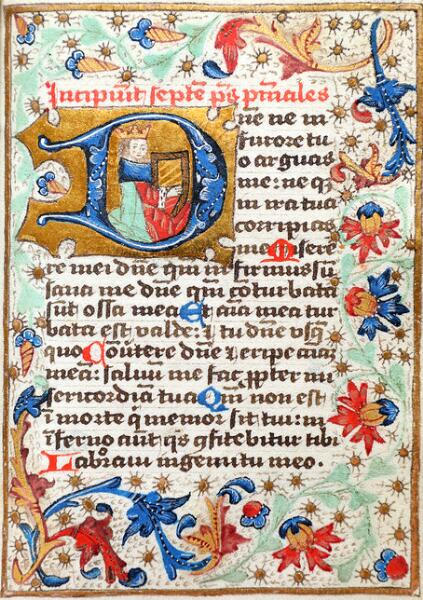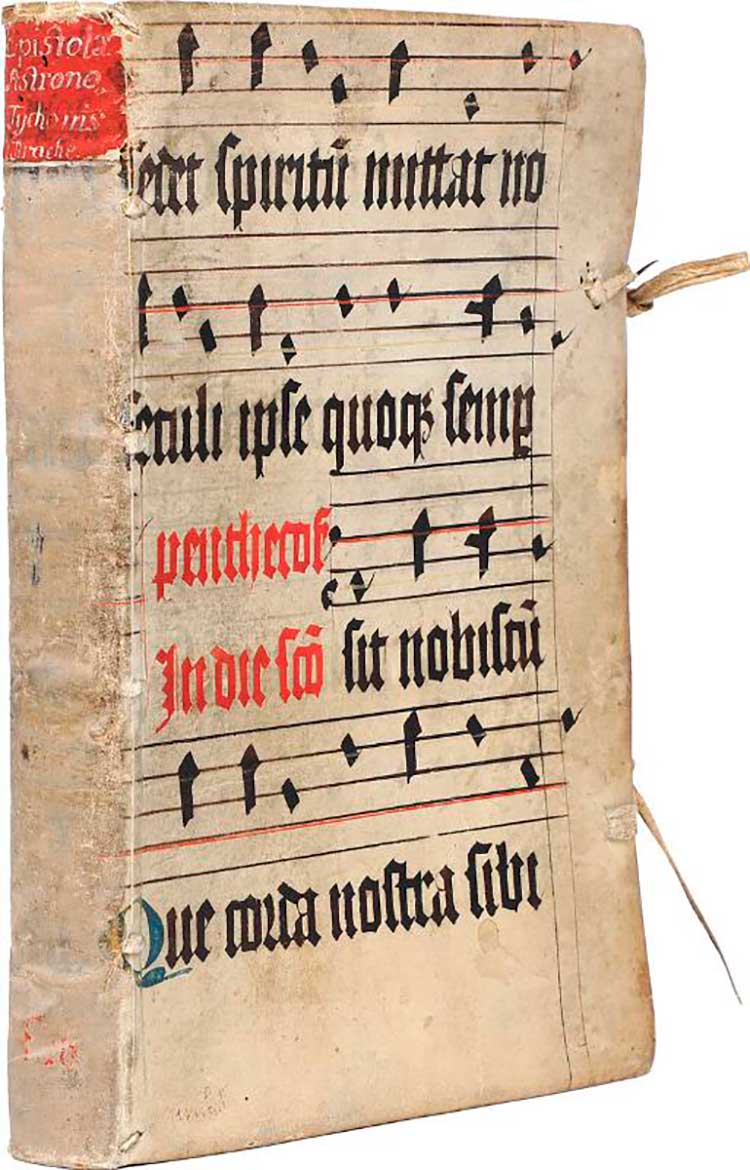Astronomical Rarity at Auction
Tycho Brahe is today considered the founder of modern observational astronomy. One of his publications that has not been available for generations is now up for auction. It is the "Icones instrumentorum" from 1596, where 18 of Brahe's pioneering instruments are reproduced as woodcuts.
An example of the extremely rare book print Icones instrumentorum from 1596 has appeared and will be available at our Live Auction in Copenhagen on 8 June at 4 pm (CEST). The work, which consists of 18 full-page woodcuts of Tycho Brahe's instruments, is virtually unobtainable and has not been up for auction for a lifetime. Only three other examples are known to exist – they are located at the Austrian National Library, Wroclaw University Library and the National Library of Sweden, respectively.
|
|
Systematic Observations Night After NightThe nobleman, astronomer, scientist and world-famous Dane, Tycho Brahe, became a major figure during the emergence of the exact science. His most significant contribution was that he realized that advances in astronomy required systematic observations night after night, and that these observations required instruments with the greatest possible accuracy. His observations and instruments caused a reformation of astronomical science, since one could now make far more accurate measurements than what was previously possible. The instruments were created by Tycho Brahe and his staff from the 1570s and until his death in 1601, many of them were made during his time on the island of Hven between 1576 and 1597. After Tycho Brahe’s death, the instruments were stored in a cellar, where they were destroyed during the unrest in Prague in 1619, and today none of his instruments are known to still exist. |
Tycho Brahe's Name Lives OnThe rare work that now comes under the hammer is bound with another of Brahe's extremely important works from the same year of publication, namely the work Epistolarum astronomicarum (Letters on Astronomy), which is Brahe's own scientific correspondence with astronomers around Europe. Today, the book still holds a central place in astronomical literature. The 18 woodcuts were published as a kind of supplement to this work immediately after its completion. Brahe's woodcarvers had already been working on producing a complete collection of depictions of his instruments for some time, and Tycho Brahe had also published several of the finished images, partly as independent prints that had been sent to his friends, partly as illustrations in his books. Lauritz Nielsen writes about Icones instrumentorum in the book Tycho Brahes Bogtrykkeri (Tycho Brahe's Printing House) from 1946: “His [Brahe's] plan was to publish a larger work with pictures of the buildings on the island of Hveen and all the instruments, accompanied by detailed descriptions. As he had not yet reached the point where this plan could be brought to fruition, and since a description of his observations and instruments, of which only the first were reproduced in pictures, had been included in the astronomical collection of letters, he compiled a supplement with 18 pictures of instruments in a small quarter page booklet, which he provided with the title page." |
|
|

For further information, please contact:


